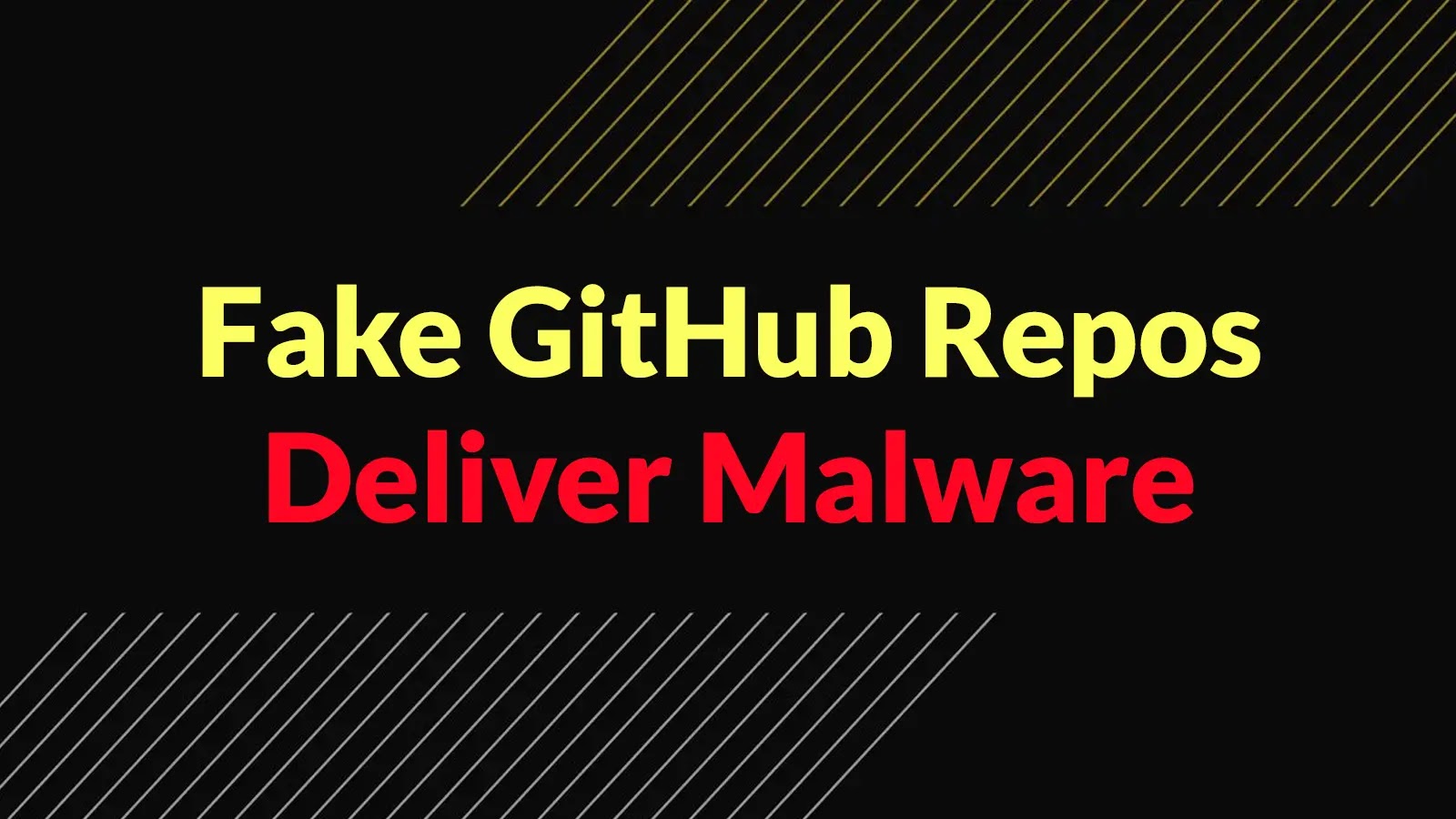In the ever-evolving landscape of cybersecurity, a new tool named RingReaper has emerged, showcasing advanced techniques to bypass Endpoint Detection and Response (EDR) systems on Linux platforms. By leveraging the io_uring kernel feature, RingReaper exemplifies how attackers can conduct operations stealthily, evading traditional security monitoring mechanisms.
Understanding io_uring and Its Implications
Introduced in Linux kernel version 5.1, io_uring is designed to enhance performance by enabling asynchronous I/O operations. This feature allows applications to submit multiple I/O requests without the overhead associated with traditional system calls, thereby improving efficiency. However, this same efficiency can be exploited by malicious actors to perform operations that remain undetected by conventional EDR solutions.
The Mechanics of RingReaper
RingReaper operates by utilizing io_uring to perform various tasks that would typically require direct system calls. By doing so, it effectively bypasses the syscall-based detection mechanisms that most EDR systems rely upon. For instance, network communications, file operations, and process manipulations can be executed through io_uring, significantly reducing the number of auditable events and making detection more challenging.
Key Features and Capabilities
– Network Communications: RingReaper can establish network connections and transmit data using io_uring, circumventing traditional send/recv system calls. This method minimizes the traces left behind, complicating detection efforts.
– File Operations: The tool performs file read and write operations asynchronously, avoiding standard system calls like open, read, and write. This approach allows for stealthy file manipulation and exfiltration.
– Privilege Escalation: RingReaper includes functions to identify and exploit SUID binaries for privilege escalation. By scanning the system for such binaries, it can elevate its privileges without triggering typical security alerts.
Challenges for EDR Systems
Traditional EDR solutions monitor system calls to detect malicious activities. However, RingReaper’s use of io_uring means that many of its operations do not invoke these monitored syscalls, rendering conventional detection methods ineffective. This evasion technique underscores a significant gap in current EDR capabilities, particularly concerning the monitoring of asynchronous I/O operations.
Implications for Cybersecurity
The emergence of tools like RingReaper signals a shift in attack methodologies, emphasizing the need for security solutions to adapt. As attackers continue to exploit legitimate system features for malicious purposes, defenders must develop new strategies to detect and mitigate such threats.
Recommendations for Security Teams
1. Implement io_uring Monitoring: Develop and deploy monitoring tools specifically designed to track io_uring operations. This can be achieved through extended Berkeley Packet Filter (eBPF) programs that hook into io_uring-related syscalls and kernel functions.
2. Enhance Behavioral Analysis: Focus on detecting anomalous behaviors that may indicate the use of evasion techniques. This includes monitoring for unusual patterns in file access, network communications, and process behaviors.
3. Regularly Update Detection Mechanisms: Stay informed about emerging threats and continuously update detection rules and signatures to account for new evasion techniques.
4. Conduct Red Team Exercises: Simulate attacks using tools like RingReaper to identify potential weaknesses in current security postures and improve response strategies.
Conclusion
RingReaper exemplifies the sophisticated methods attackers are employing to evade detection on Linux systems. By exploiting the io_uring kernel feature, it operates stealthily, bypassing traditional EDR mechanisms. This development highlights the critical need for security teams to adapt their monitoring and detection strategies to address the evolving threat landscape.



